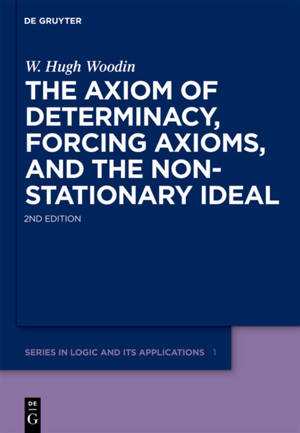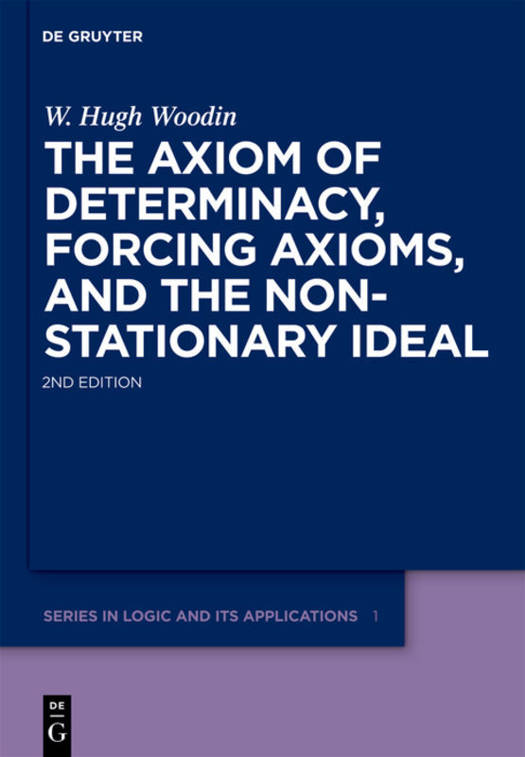
- Afhalen na 1 uur in een winkel met voorraad
- Gratis thuislevering in België vanaf € 30
- Ruim aanbod met 7 miljoen producten
- Afhalen na 1 uur in een winkel met voorraad
- Gratis thuislevering in België vanaf € 30
- Ruim aanbod met 7 miljoen producten
The Axiom of Determinacy, Forcing Axioms, and the Nonstationary Ideal
W Hugh Woodin
€ 628,45
+ 1256 punten
Omschrijving
The starting point for this monograph is the previously unknown connection between the Continuum Hypothesis and the saturation of the non-stationary ideal on ω1; and the principle result of this monograph is the identification of a canonical model in which the Continuum Hypothesis is false. This is the first example of such a model and moreover the model can be characterized in terms of maximality principles concerning the universal-existential theory of all sets of countable ordinals. This model is arguably the long sought goal of the study of forcing axioms and iterated forcing but is obtained by completely different methods, for example no theory of iterated forcing whatsoever is required. The construction of the model reveals a powerful technique for obtaining independence results regarding the combinatorics of the continuum, yielding a number of results which have yet to be obtained by any other method. This monograph is directed to researchers and advanced graduate students in Set Theory. The second edition is updated to take into account some of the developments in the decade since the first edition appeared, this includes a revised discussion of Ω-logic and related matters.
Specificaties
Betrokkenen
- Auteur(s):
- Uitgeverij:
Inhoud
- Aantal bladzijden:
- 858
- Taal:
- Engels
- Reeks:
- Reeksnummer:
- nr. 1
Eigenschappen
- Productcode (EAN):
- 9783110197020
- Verschijningsdatum:
- 16/07/2010
- Uitvoering:
- Hardcover
- Formaat:
- Genaaid
- Afmetingen:
- 178 mm x 244 mm
- Gewicht:
- 1564 g

Alleen bij Standaard Boekhandel
+ 1256 punten op je klantenkaart van Standaard Boekhandel
Beoordelingen
We publiceren alleen reviews die voldoen aan de voorwaarden voor reviews. Bekijk onze voorwaarden voor reviews.










